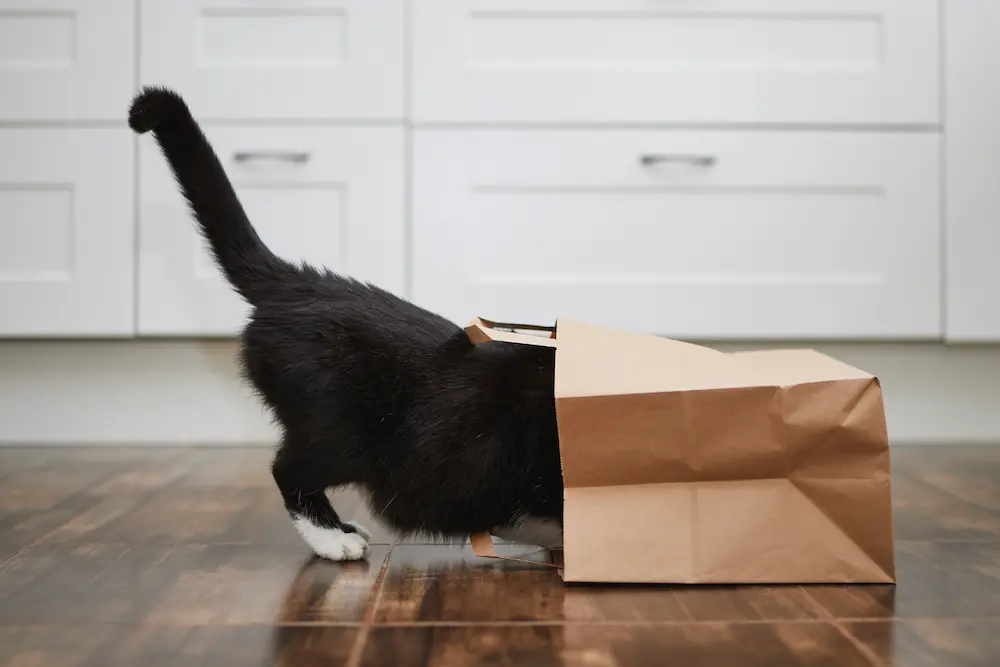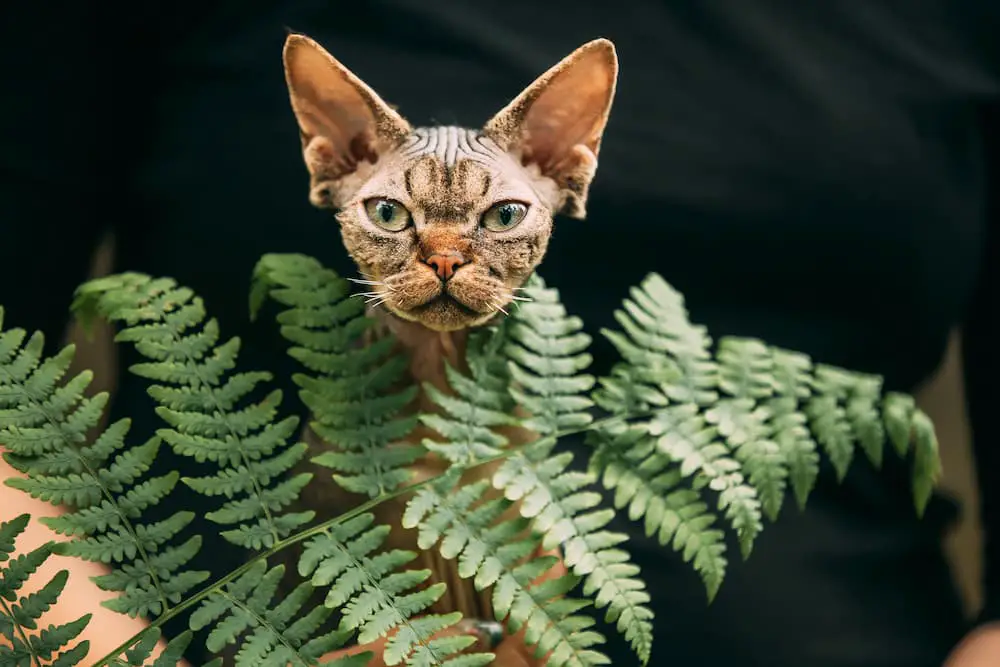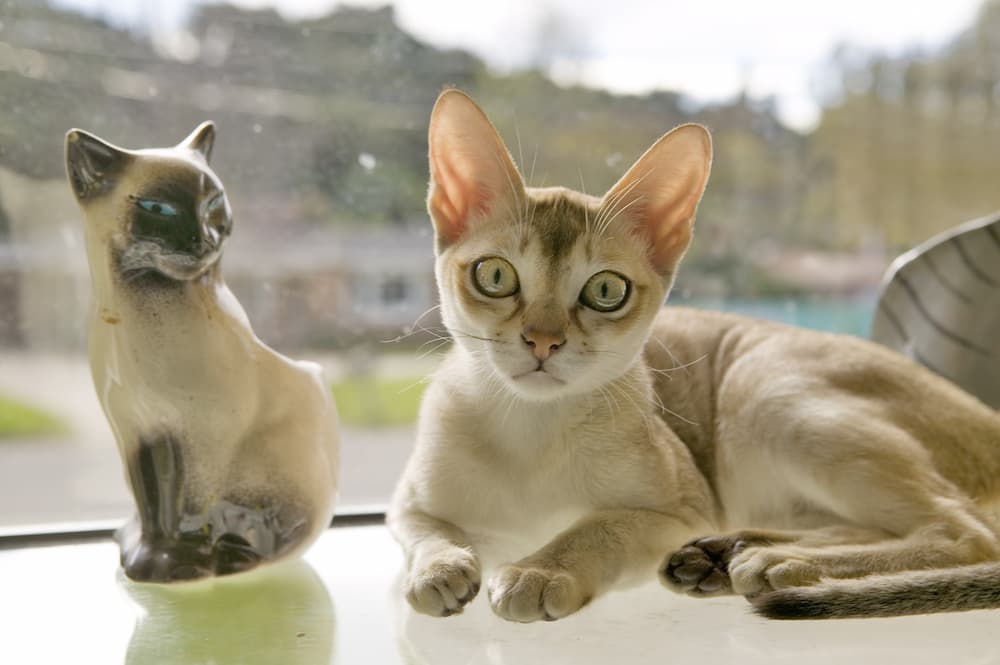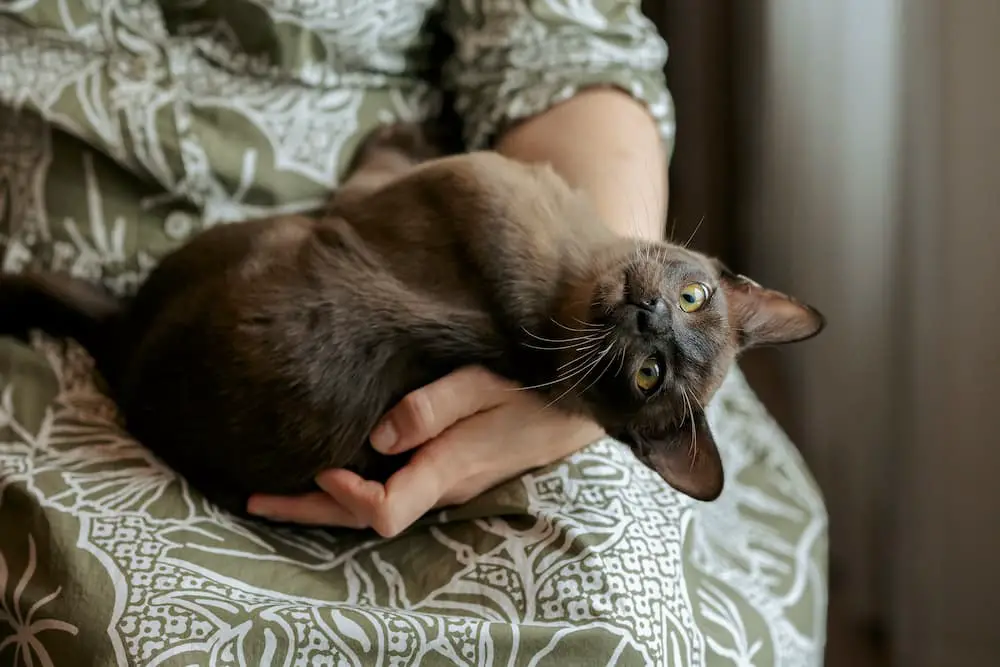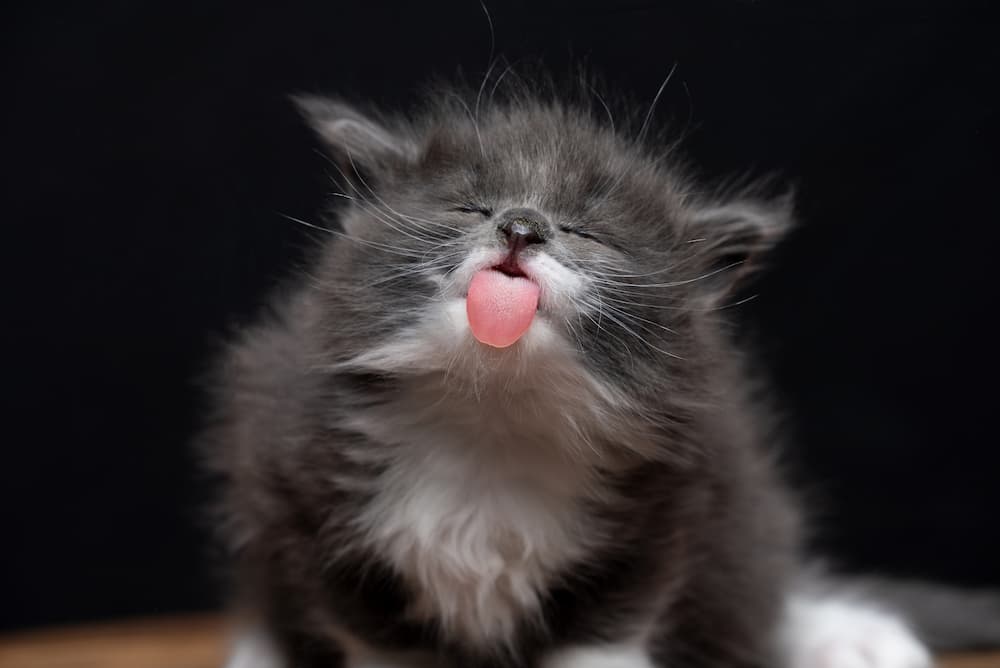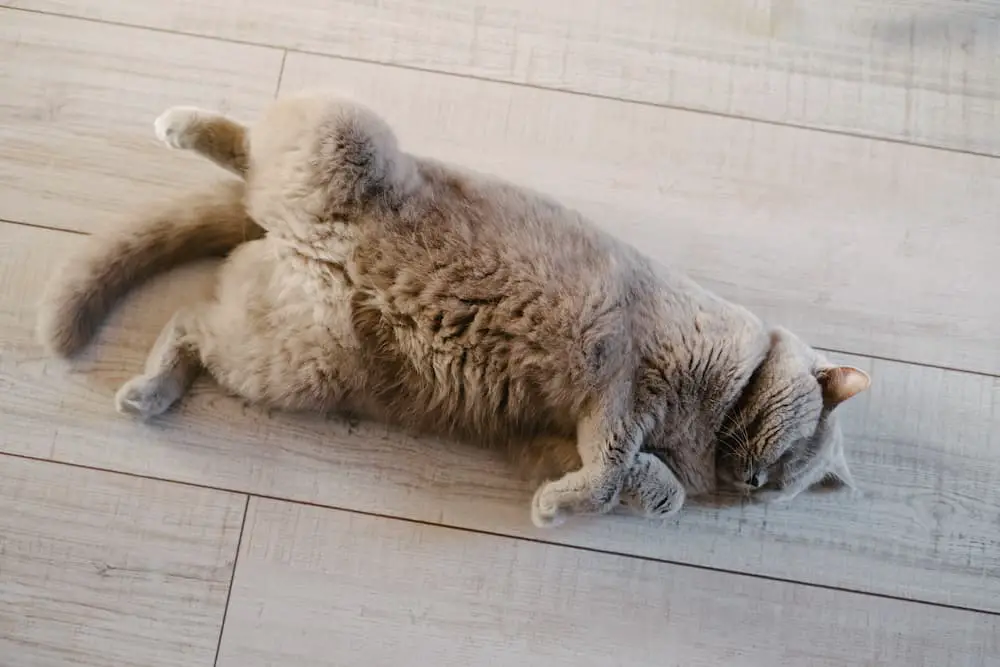It’s a tale as old as time, or at least as old as domesticated felines have graced our homes: you’re walking barefoot and unsuspecting until – surprise! Your foot lands in a fresh, unpleasant pile of cat vomit that, of course, is located on the one stretch of carpet in an otherwise hardwood floor house. This common scenario hints at more than just your cat’s impeccable aim for tough-to-clean surfaces. Understanding the cause of your cat’s puking can be important in keeping them healthy and happy.
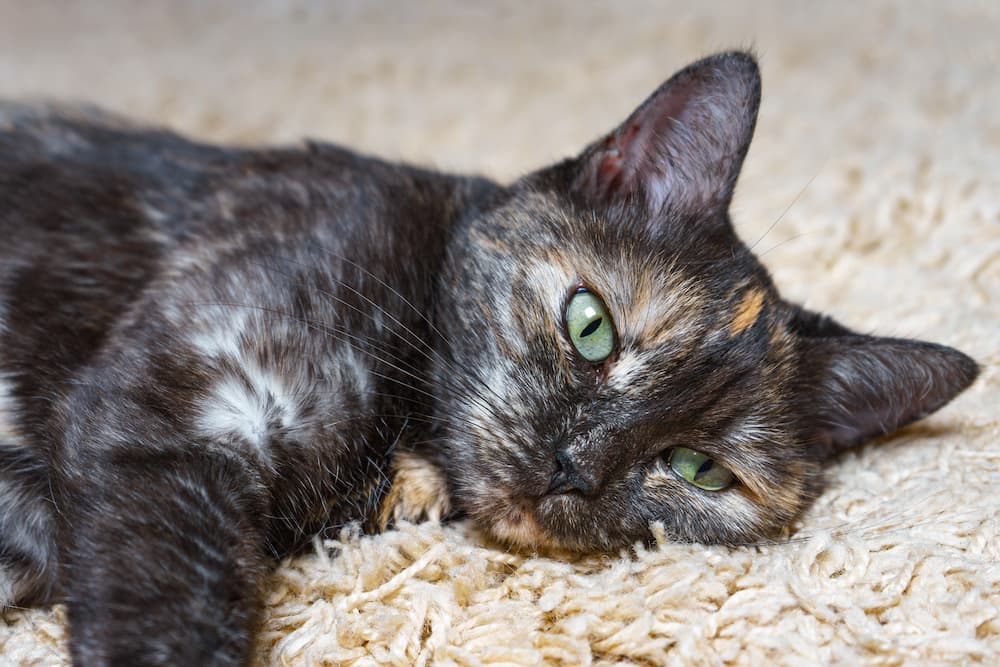
The Many Colors of Cat Vomit
Believe it or not, that unsightly mess could be giving you valuable information about your cat’s well-being. Different types of vomit can hint at various underlying issues, from the benign to the serious. Here are some of the many types of cat vomit and what they might mean:
White Foam
When your cat vomits a frothy, white foam, it mostly comprises stomach secretions. Common culprits can include hairballs being formed or simply an empty stomach making itself known. Stress, too, can play a role.
However, if the white foam episodes are frequent and accompanied by symptoms like lethargy, it’s time to reach out to your vet.
Yellow Vomit
Yellow vomit often waves the flag of bile, which is usually a sign your cat’s vomit has made its way from deeper within the gastrointestinal tract. Yellow isn’t usually a reason to be concerned unless your cat is vomiting a lot, or otherwise acting strangely.
Consistently yellow vomit demands professional insight, so don’t hesitate to consult your veterinarian.
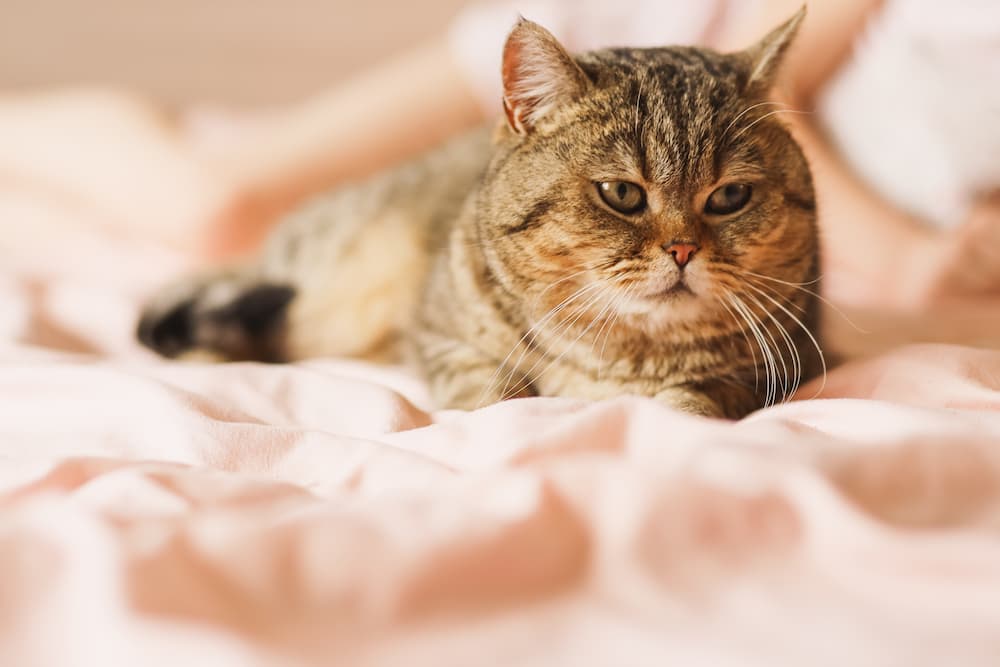
Food Vomit
Spotting food among the vomit is quite common and typically less problematic. This usually means the food was either eaten too quickly to be digested properly or didn’t agree with your cat’s tummy. We cat parents lovingly refer to this as “scarf and barf.” In fact, we’ve got an entire article on how to slow down cats who eat too fast and then puke!
Preventing this type of vomit might be as simple as controlling feeding times, using a slow feeder, or ensuring your cat is on a high-quality diet tailored to their needs.
Clear Liquid
Vomiting clear liquid can signal several things, including that your cat might simply be regurgitating water or mucus.
Occasional episodes are often not a sign of alarm but keep an eye on their hydration levels, provide fresh water, and monitor if grass munching is the culprit. Watch if your cat seems to be drinking more than usual, as this can indicate an underlying condition, such as diabetes or kidney disease.
Other Colors of Cat Vomit
While white foam, yellow, undigested food, and clear liquid are the most common, other colors of vomit such as red, dark brown, or even black, indicate immediate, emergency veterinary care is needed as they could suggest internal bleeding, especially if it looks like coffee grounds.
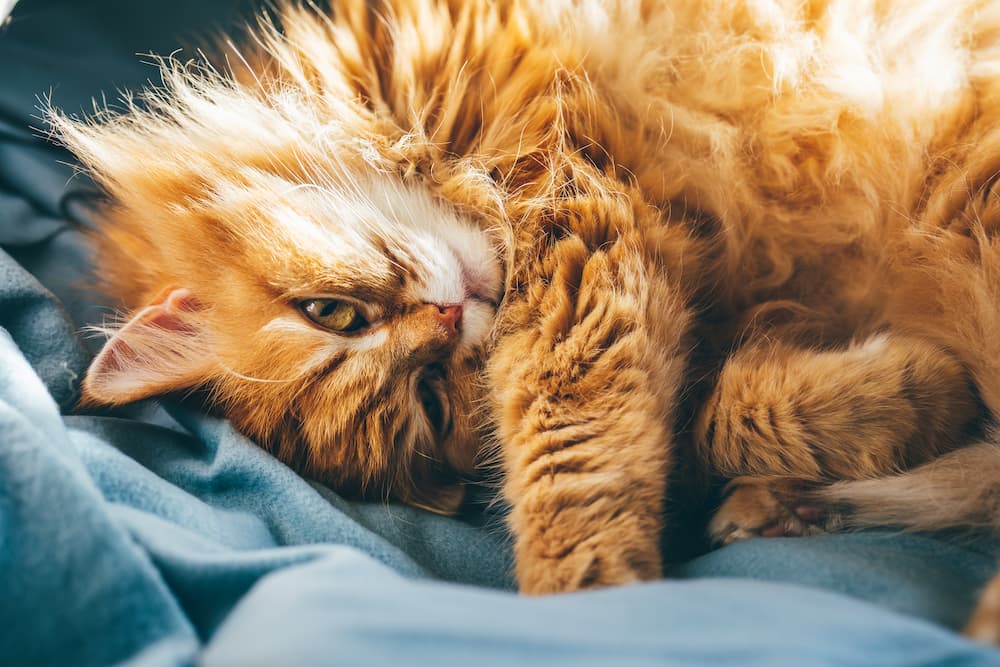
Additional Considerations
Alongside the color and consistency of the vomit, observe any other symptoms your cat may be experiencing. Diarrhea, lethargy, or a loss of appetite accompanying vomiting episodes should prompt a visit to the vet.
Final Thoughts
Though nobody enjoys playing detective with vomit, doing so is an important part of understanding and nurturing your cat’s health. By paying attention to these not-so-subtle cues, you can ensure your feline friend lives a long, vibrant life. Remember, when in doubt, always reach out to your vet for advice.
The Catington Post is reader-supported. That means, if you make a purchase through links on our site, we may earn an affiliate commission. All images and names which are not the property of The Catington Post are the property of their respective owners.
